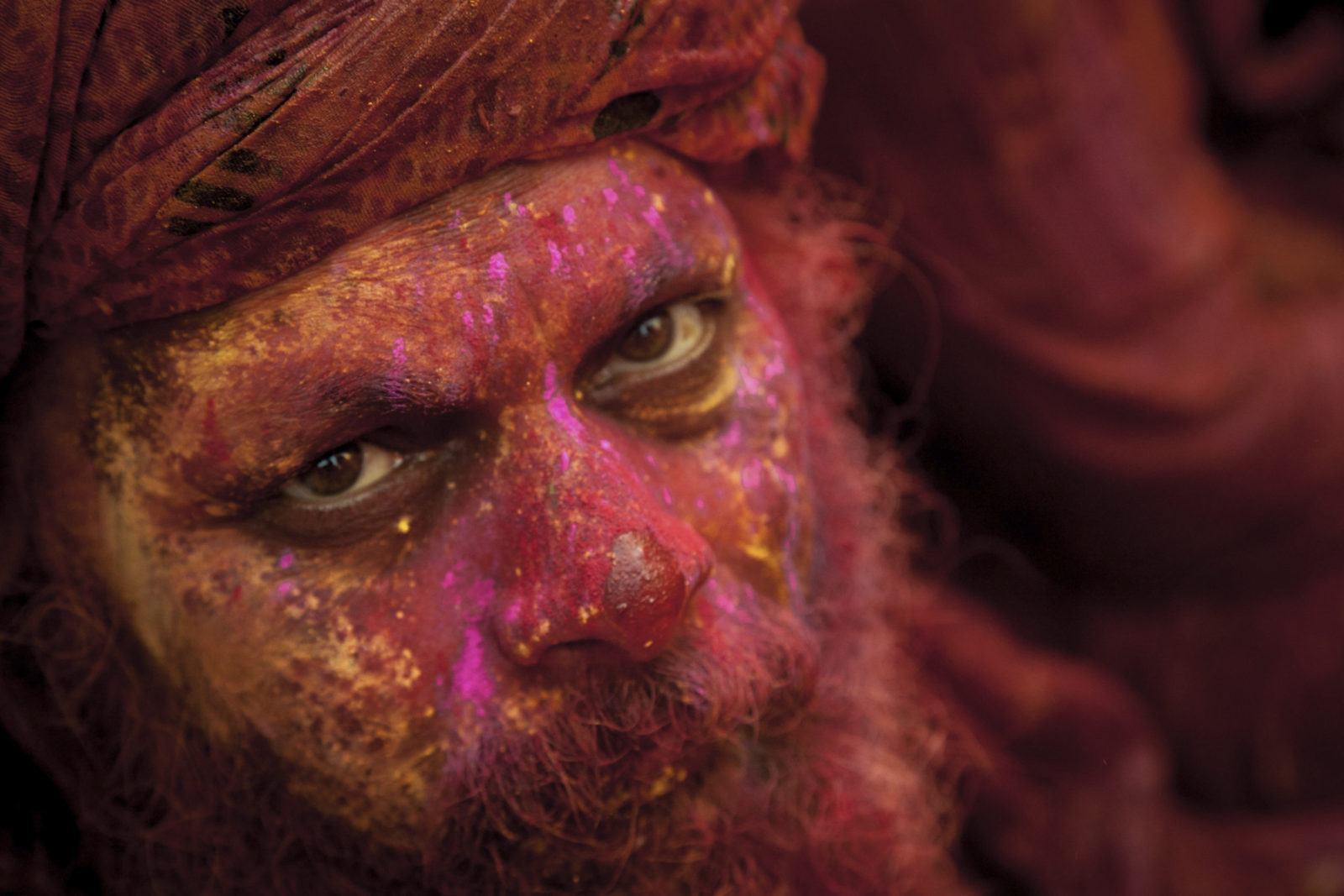
Angami, Ao, Konyak, Chang, Chakesang, Zeliang, Phom, Kuki, Khiamniungam, Yimchungru, Sangtam, Pochuri, Kachari, Rengema, Sumi and Lotha. Wondering what I am talking about? Well these are tribes from the various regions of Nagaland; some, from its remotest corners. And the convergence of all these tribes under one roof is what makes up the Hornbill Festival!
The Hornbill festival derives its name from the state bird of Nagaland. But apart from that, it doesn’t really bear any co-relation with the mighty bird. Simply put, the fest is an extravaganza of cultures, traditions, folklore, lifestyle, food, arts and crafts loaded with a riot of colors, dance and music. The Hornbill festival was first held in the year 2000 by the Government of Nagaland with the aim of encouraging interactions between the tribes and to promote tourism in the state. Its popularity has scaled so much that thousands of tourists and photographers from across the globe flock to Kohima each year to witness the spectacle. Hornbill fest has now become synonymous with Nagaland. The event is held every year between 1st to 10th December in a mammoth arena in a small village called Kisama, 12 kms away from Kohima.
Dance, music and celebrations are inseparable aspects of the Naga tribes. Like any other tribe, they have a song and a dance for every occasion between and including life and death. Each of the 16 tribes have their own unique essence and variance in their costumes, accessories and folklore.
A huge amphitheatre on an elevated ground forms the epicentre for concerts and performances. From tug of wars to cock-fights, from war-cries to lullabies, from the dance of intoxication to the dance of death, from sowing to harvesting, there is a celebration of perhaps everything under the sun! The drama of colors and vibrance clubbed with unmatched energy levels of both the audience and the participants is contagious!
Every tribe has a temporary Naga hut pitched at multiple levels surrounding the amphitheatre. The huts provide an interesting sneak-peak into the livelihood and traditions of each tribe. The huts exhibits everything from crockery, weapons, jewellery, food, to musical instruments, costumes and handicrafts and so on. The patio outside each hut is a platform where tourists interact with the tribes, click pictures and participate in their dances! Music is an integral part of Nagaland, and its not surprising that there has been a boom of young singers, mostly into live rock bands. The musical/rock concert held in the evenings have live performances on Hindi, English and Nagamese songs by the artists.
In a nutshell, the Hornbill festival is an experience to be felt and needs to be on every traveler’s bucket list.
Snippets :
-
Hornbill fest is held every year from 1st to 10th of Dec in Kisama.
-
Accommodation : A very few homestays are located in places like Kigwema, Kipfuza etc which are at a distance of 2 to 3 kms from the venue. The next best place to stay would be Kohima which is flooded with hotels, lodges and homestays. However, an advance planning of at least 3 to 4 months is required since the number of tourists visiting Kohima during the fest is alarming! I stayed at the Greenwood Villa homestay in Kipfuza. The homestay is beautiful and cozy with great food. Mrs. Savino keeps her guests highly engaged during the evenings. Contact : Nino Savino 7641905723. Alternatively, bookings are also done by the Nagaland tourism dept. Visit their website tourismnagaland.com
-
Food : Food options in Nagaland are limited. Nagas are mostly meat eaters and eat all kinds of meat, especially pork and dog meat. This shouldn’t offend you. Having said that, you can prefer and specify your choice. Food is mostly boiled and bland, except for the Bhoot Jolokia or Ghost chilly or Naga chilli – the 2nd hottest chilli of the world!
-
What not to miss- Thutshe or Zutho, the traditional drink of Nagas. These are varieties of beer made by fermenting rice or millet and served in bamboo mugs. Bhoot Jolokia and bamboo shoot pickle is also a must-try.
-
What to buy : Though the stalls are endless, the souvenirs are exorbitantly priced. But its worth to bring back a few pickles, bamboo mugs, dried wild apple, wooden masks, Naga headgear and the beautiful beaded chains with a naga face pendant made of brass.
-
Hornbill can be clubbed with a visit to Tuophema tourist village and Longwa. For details on Longwa, click here : https://gauricosmos.com/2017/12/26/the-legends-of-longwa/
-
The Naga tribes are amazing and lovely people. No matter how many times they’ve done it, they never hesitate or turn down a request for another photo or a selfie 🙂
For once, I don’t have a story to narrate, so I’d let the pictures do the talking !






























